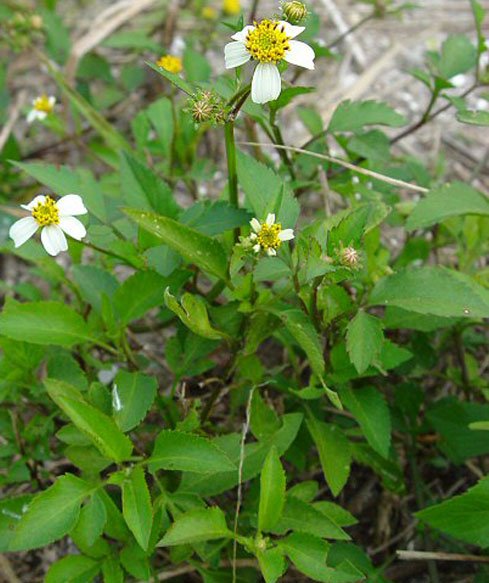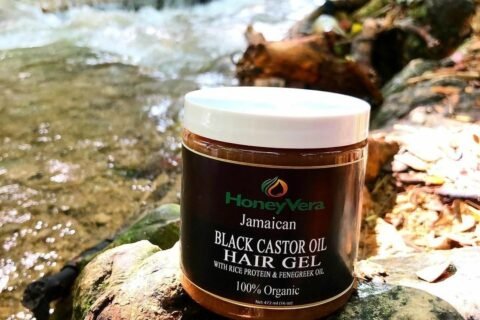 It has been a tradition for generations in Jamaican folklore that people drink cerasee tea when a bellyache occurs. Cerasee (Momordica charantia) is usually the first herb a child hears of when growing up because of its popularity, which testifies to its usefulness.
It has been a tradition for generations in Jamaican folklore that people drink cerasee tea when a bellyache occurs. Cerasee (Momordica charantia) is usually the first herb a child hears of when growing up because of its popularity, which testifies to its usefulness.
All of this despite its bitter taste. In fact, parents use the bitterness to testify to the usefulness of this herb.
Over time, the use of cerasee has expanded as its benefits became more known. One of those benefits is that cerasee is an excellent detox source.
Cerasee is also known to lower cholesterol, fight against inflammation, ease period cramps, improve digestion and lower the severity of eczema. Cerasee is believed to also help control blood sugar and blood pressure levels. All of these benefits come from the makeup of the cerasee herb which contains high levels of phenols and natural antioxidants. Cerasee is also rich in catechins, a flavonol that is an ingredient also found in green tea.
The cerasee plant is from the Cucurbitaceae family which also includes squash, pumpkin, cucumber, watermelon, and zucchini. Cerasee is rich in a large number of phenols and natural antioxidants, which can help with high cholesterol and inflammation. Cerasee tea is rich in catechins, which are the same compounds found in green tea. Catechins are a flavonol, a natural antioxidant. It also a source of Vitamins A, B, and C, folate, fibre, potassium, calcium, amgnesium, zinc, iron, phosphorous, and alkaloids.
Limit Use of Cerasee
One should limit the intake of cerasee tea, as it should not be consumed every day. It is usually recommended that cerasee is consumed two or three times per month. The amount is recommended to be one cup.









